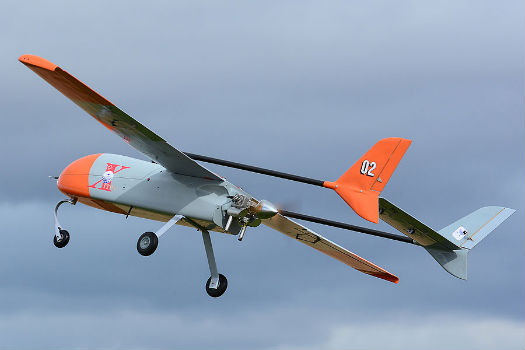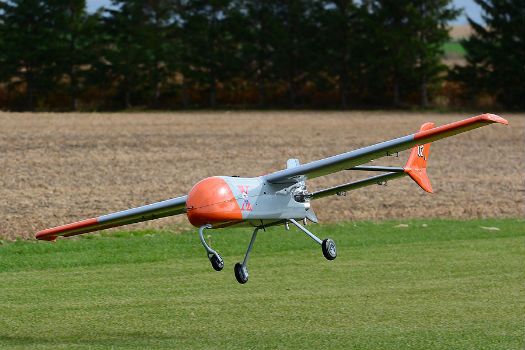Estimated reading time 4 minutes, 2 seconds.
A new unmanned aerial system training program has been developed at the
International Test Pilot School Canada.
Several years ago, Giorgio Clementi, president of London, Ont.-based International Test Pilot School Canada (ITPS), was asked to develop a training program for pilots and engineers tasked with flight testing new unmanned aerial systems (UAS).
Military officers required the training so they could test and evaluate a UAS and its sensors for their suitability for intended operations.
Clementi assembled a team of experts to develop the curriculum.
Bruce Robb, a graduate of the Royal Air Force Aerosystems Course, was recruited to lead the ITPS training program. Robb has gained testing expertise from his work at the European Aeronautic Defense and Space Company and Selex, an international electronics and information technology business. Also on the UAS training team is John Minor, who worked at Lockheed Martin Skunk Works on the DarkStar unmanned aerial vehicle, and was subsequently director of the USAF Test Pilot School, responsible for establishing a UAS flight test course there.
Bruce Robb and Dale McGill perform the first test flight on the ITPS’s
unmanned aerial vehicle.
At first, ITPS opted to conduct training using off-the-shelf, low-cost airframes, specifically the three-metre Infinity 3 and four-metre Infinity 4. The airframes proved to be unsuitable, in particular the Infinity 4, which is currently being rebuilt. ITPS plans to build a locally-designed equivalent in 2015, working with input from Bjarni Tryggvasson on the design and engineering side, along with local company Aerocomp.
Robb has been working on the ITPS project since June, conducting an initial five-week UAS training course that commenced in September. He developed the entire UAS flight operations concept that was subsequently approved by Transport Canada, with a special flight operations clearance issued in October.
On the hardware side, integrating the UAS’ autopilots and data links has proven to be a less than straightforward task. ITPS is working hard to establish a level of system reliability. In parallel, the staff has developed a UAS operational simulation capability at the school, which enables the training syllabus to progress even when weather and other factors prohibit outdoor flying. The simulation facility allows for realistic flight testing with models similar to the General Atomics MQ-9 Reaper and Northrop Grumman X-47B.
A second training course at the ITPS will begin in November.
The training program focuses on teaching students how to test and evaluate a UAS, and how to analyze test results from an air vehicle and its sensors. To date, students have all been qualified test pilots and engineers.
A second five-week course is scheduled to commence in November.





